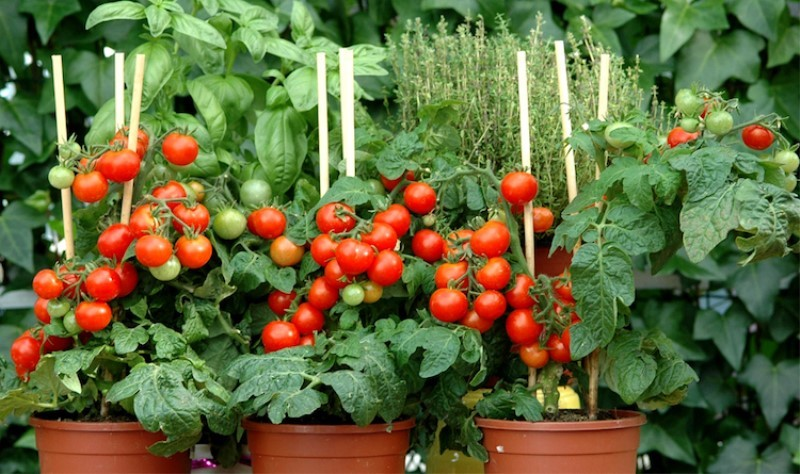Introduction
Staking tomato plants, especially when grown in pots, is crucial for ensuring healthy growth and abundant yields. Without proper support, tomato plants can become unruly, break under their own weight, or suffer from poor air circulation, leading to diseases. In this guide, we will explore the best practices for using stakes for tomato plants in pots, helping you achieve a thriving container garden.

stakes for tomato plants in pots
Why Staking is Essential for Potted Tomato Plants
Staking potted tomato plants offers numerous benefits:
- Improved Plant Health: Proper support prevents branches from breaking and keeps plants upright, reducing the risk of disease by improving air circulation.
- Better Fruit Quality: Keeping tomatoes off the ground protects them from pests and rot, leading to cleaner, healthier fruits.
- Space Management: Staking helps manage space efficiently, making it easier to care for plants and harvest fruits, especially in limited spaces.
Types of Stakes for Tomato Plants in Pots
There are several types of stakes suitable for potted tomatoes:
- Fiberglass Plant Stakes: Affordable and easy to find, fiberglass plant stakes are a popular choice for supporting tomato plants.
- Tomato Cages: These provide robust support and are great for determinate varieties that don’t grow too tall.
- Trellises: Ideal for indeterminate varieties, trellises offer excellent support and can be an attractive addition to your garden.
- DIY Options: Using materials like wooden dowels or repurposed items can be a cost-effective and creative way to stake your tomato plants.
How to Stake Tomato Plants in Pots
Staking tomato plants in pots involves a few straightforward steps:
- Choose the Right Stake: Select a stake based on your tomato variety and pot size.
- Insert the Stake: Place the stake in the pot at the time of planting or when the plant is small. Position it close to the stem without damaging the roots.
- Tie the Plant: Use soft ties, like garden twine or fabric strips, to loosely secure the plant to the stake. Ensure the ties are not too tight to avoid damaging the stem.
- Regular Maintenance: As the plant grows, continue tying it to the stake, ensuring it has adequate support.
DIY Tomato Stakes for Pots
For those who prefer a hands-on approach, DIY staking solutions can be both effective and economical:
- Wooden Dowels: These can be cut to size and used as sturdy stakes.
- Repurposed Materials: Old broom handles, metal rods, or even PVC pipes can be repurposed as tomato stakes.
Common Mistakes to Avoid
To ensure your tomato plants thrive, avoid these common staking mistakes:
- Using Sharp Ties: Avoid using wire or any material that can cut into the stem.
- Inadequate Support: Ensure the stakes are tall and sturdy enough to support the mature plant.
- Late Staking: Insert stakes early to avoid damaging roots and disturbing the plant.
Conclusion
Staking tomato plants in pots is a simple yet effective way to promote healthy growth and improve fruit quality. By choosing the right stakes and following proper staking techniques, you can enjoy a bountiful harvest from your container garden. Start staking your potted tomato plants today and see the difference!




























